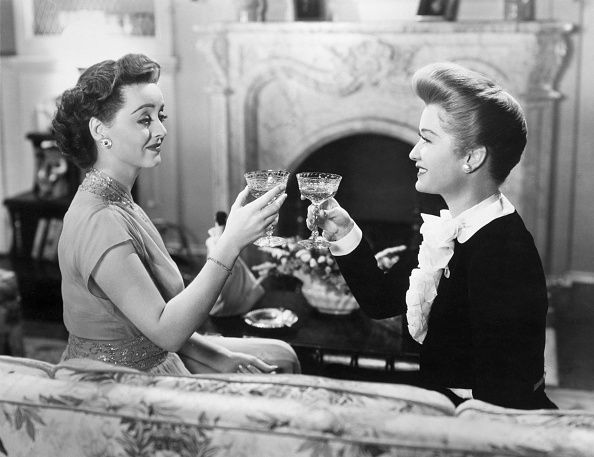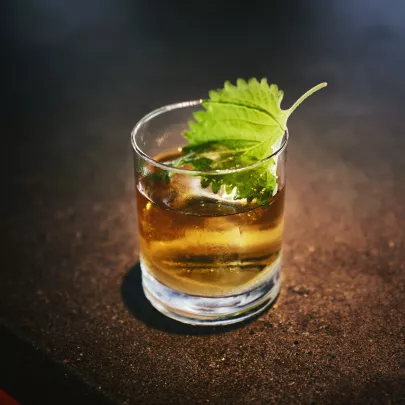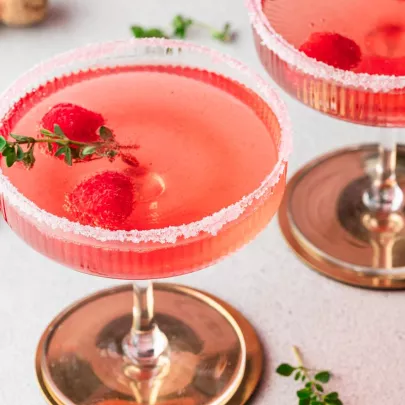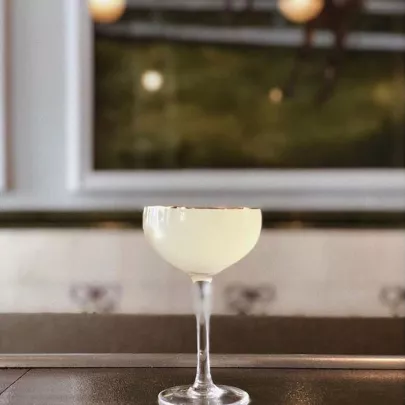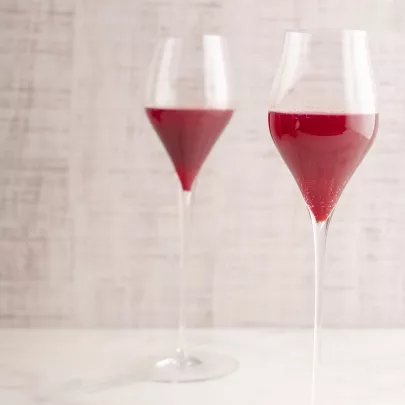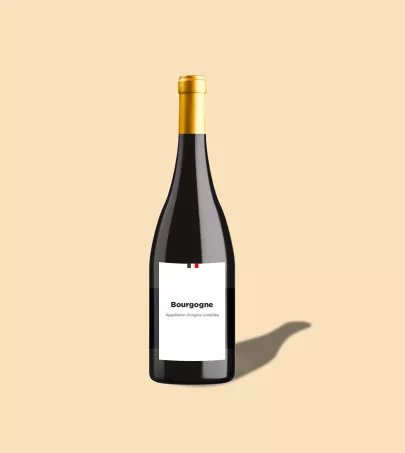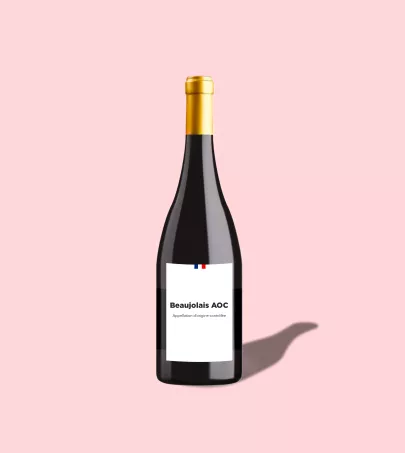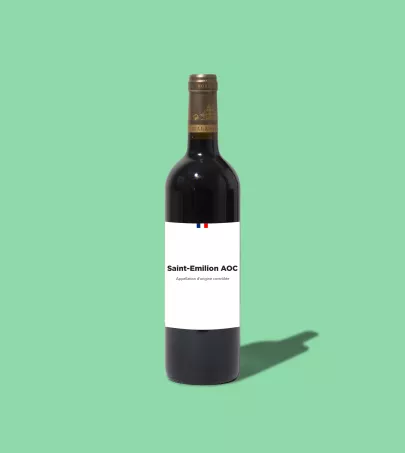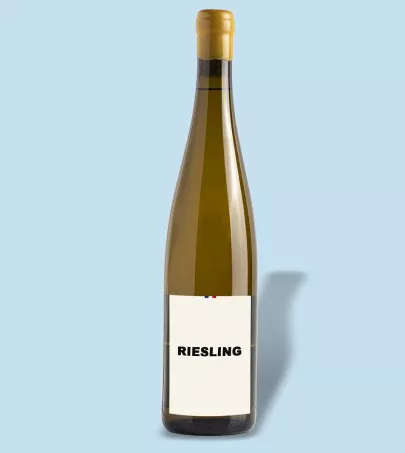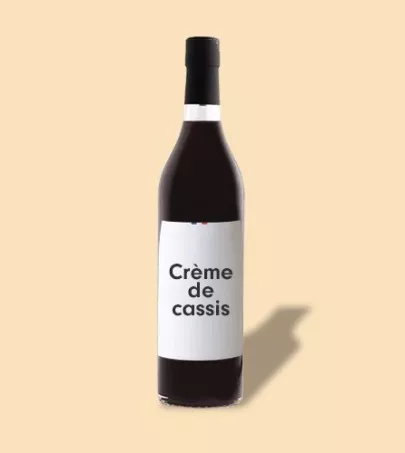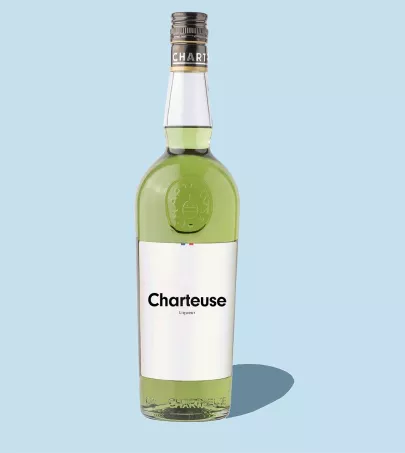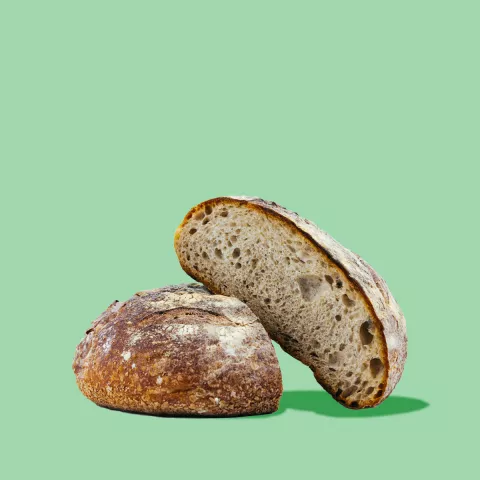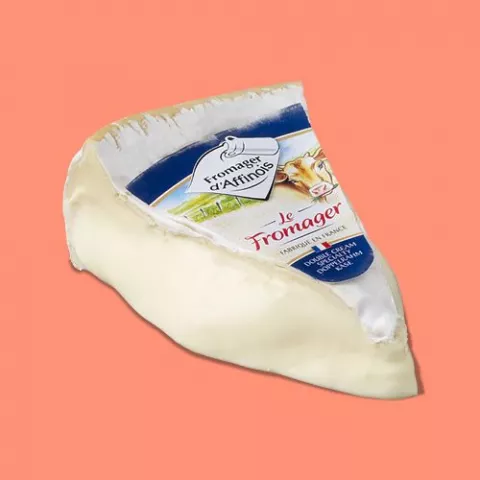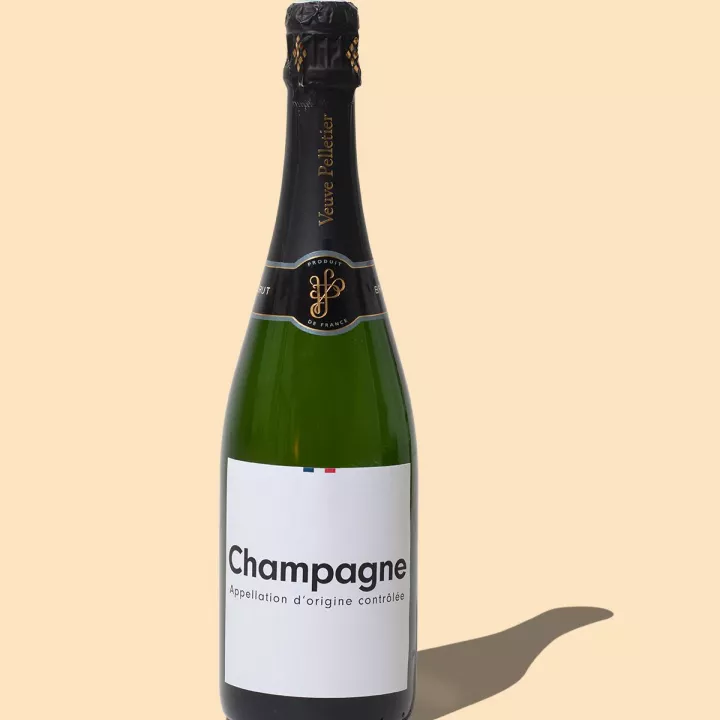
Without doubt, the most famous wine in the world. Champagne is associated with special occasions and celebrations. Terroirs, grape varieties and vintages all come together in this blended wine to produce unique and exceptional bottles.
What you need to know
The Champagne wine region extends to the est of the Paris basin, on a permeable, mineral-rich chalky base which gives the champagne its finesse. Cellars dug into the chalk provide optimal aging conditions for the wine. The climate is continental. The grape varieties used are Pinot Noir, Meunier and Chardonnay. Other authorized grape varieties make up just 0.3% of the production area. The wines are produced by blending different grapes, terroirs and years.
Sparkling whites and rosés are made using the famous Champagne method, which consists primarily of double fermentation: first in barrels and then in bottles in the cellars. All champagnes spend at least 15 months in the cellar. A Blanc de Blancs is a champagne produced entirely from Chardonnay (white grapes) and a Blanc de Noirs is a wine produced from Pinot Meunier, Pinot Noir or a blend of those two grapes (black grapes). "Dosage" describes the addition of a liqueur consisting of reserve wines and cane sugar. This determines whether the champagne is brut nature(undosed), extra brut (between 0 and 6 g/l of sugar), brut (less than 15 g/l), extra-dry (12 to 20 g/l), sec (dry) (17 to 35 g/l), demi-sec (33 to 50 g/l) or rarely, doux (sweet) (more than 50 g/l). The terroirs are distinguished by different classes including Grand Crus (17 districts located in Marne), Premier Crus (44 districts) and others, as well as "Crus" and "Second Crus". Finally, there are vintage champagnes, which have to be made of grapes from the same year. The special or prestige cuvées distinguish top-of-the-range wines.
Other information also appears on the label. NM or Négociant-Manipulant: a champagne house which uses grapes from other growers as well as its own. CM or Coopérative-Manipulants: groups of small growers working collectively who supply the champagne houses but can also develop their own brand. RM or Récoltant-Manipulant: a producer who grows and blends their own grapes. RC or Récoltant Coopérateur: a grower who entrusts their grapes to a Coopérative- Manipulant, which makes and bottles the wine on the grower's behalf. MA stands for Marque d'acheteur: the bottles are labeled with the brand name owned by the purchaser. ND or Négociant Distributeur: this is a company that puts its own label on finished bottles made elsewhere.
Characteristics
Smell
Look
Taste
Editor's note
How to use
Preparing and Serving Champagne
4 to 7 °C when it is young, up to 10 °C when it is more mature or a vintage. 20 to 30 minutes before serving, place the bottle in a champagne bucket filled with water and ice or alternatively refrigerate for 3 to 4 hours.
Storing Champagne
Store the bottles at a temperature between 12°C and 14°C, in a place protected from light.
Bruts without vintage should be drunk young.
Blanc de blancs: from 4 to 10 years.
Special vintages and vintages: up to 10 years and more.
Tasting Champagne
In a flute or tall tulip glass.
Pair with
Extra bruts: oysters, raw fish, seafood
Non-vintage bruts and blancs de blancs: aperitif, fish, seafood
Vintage bruts and rosé champagnes: meat dishes and cheese
Secs and demi-secs: desserts.


